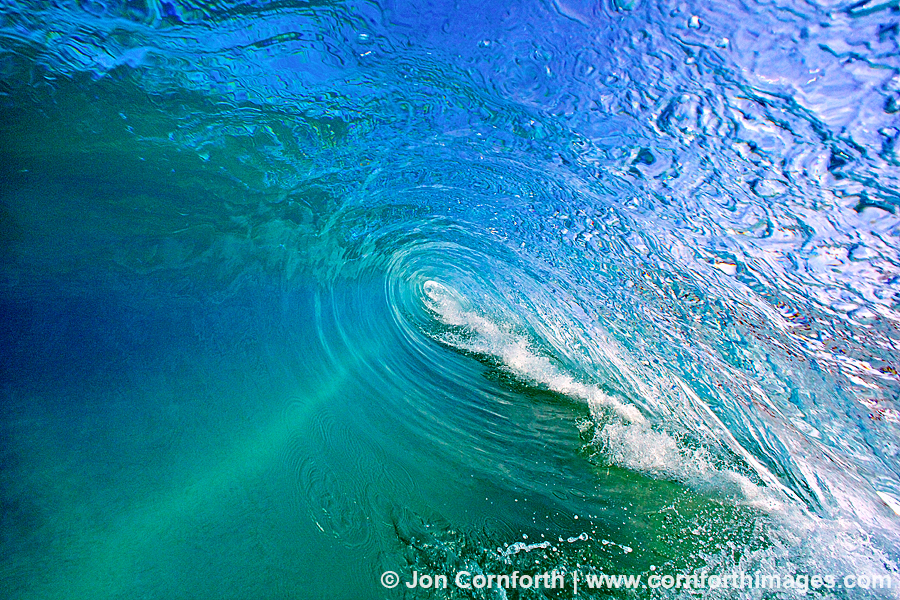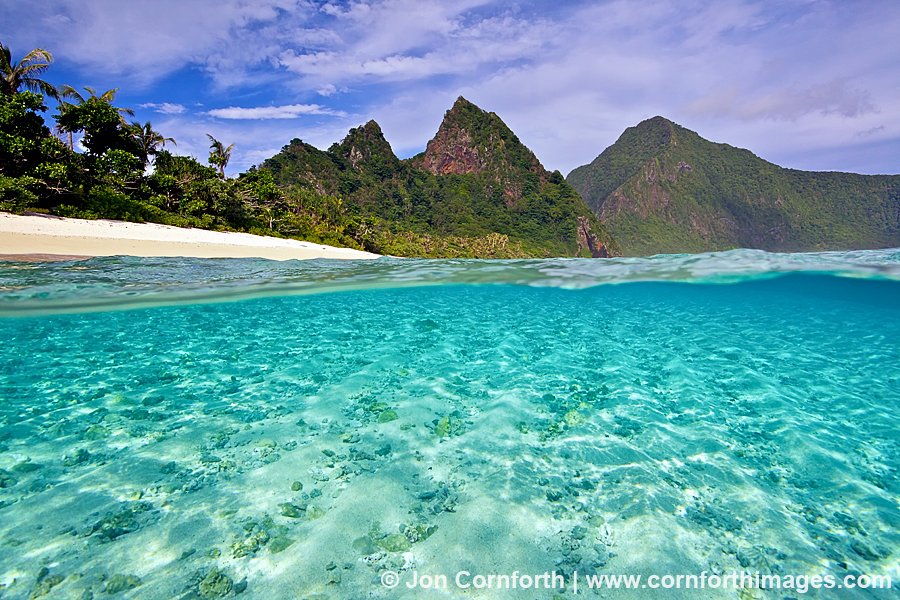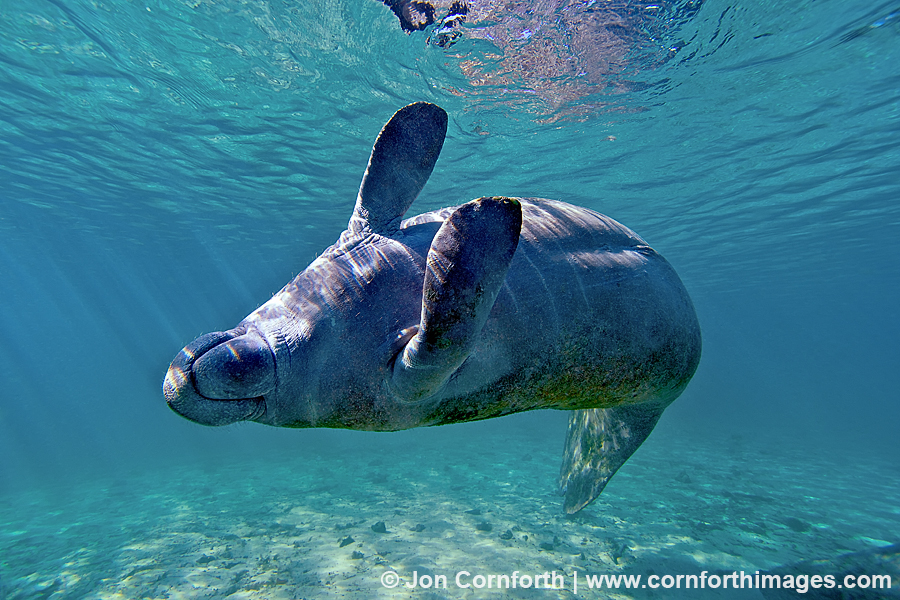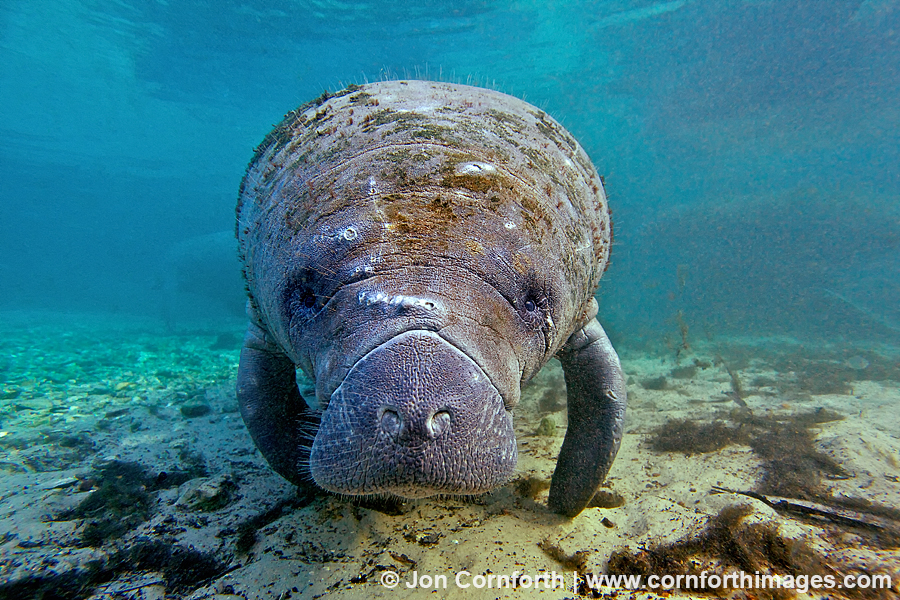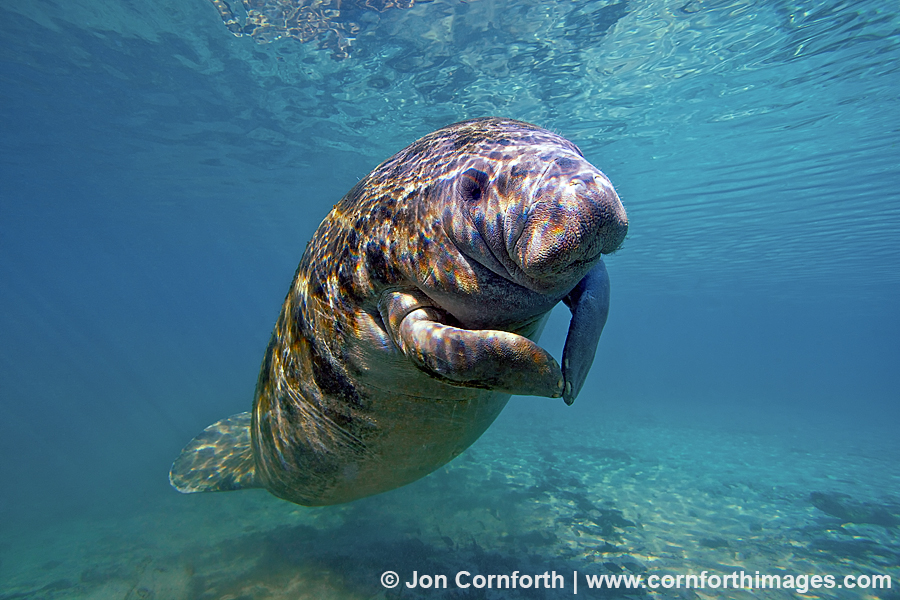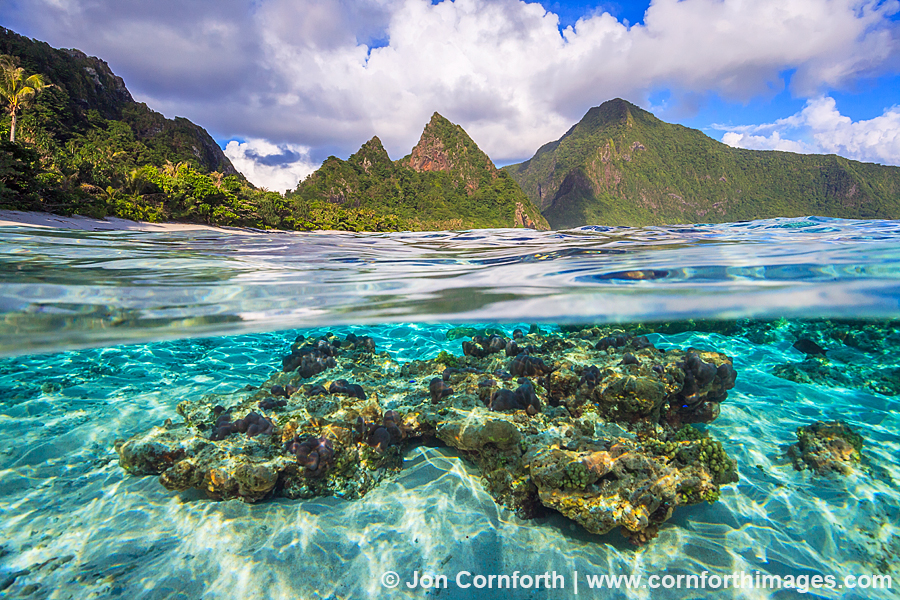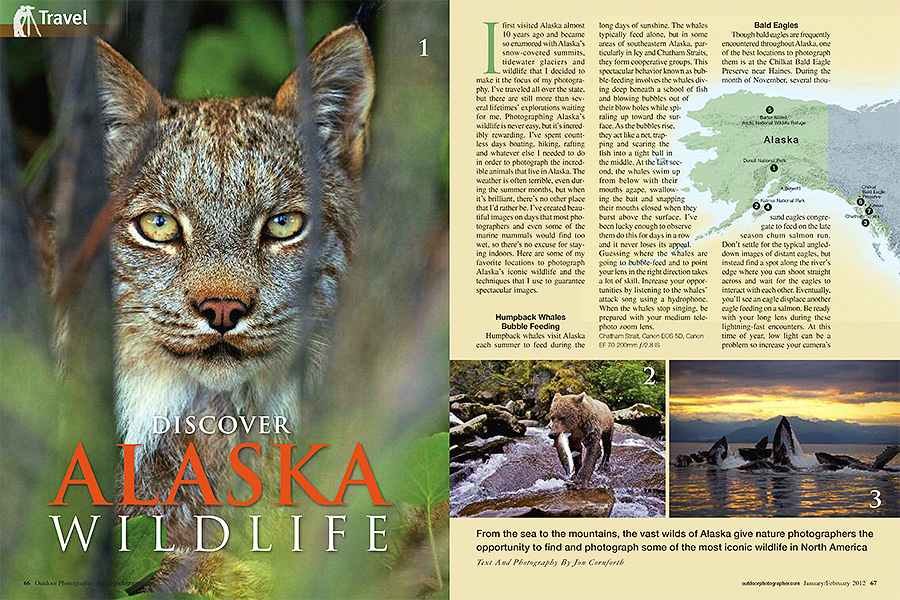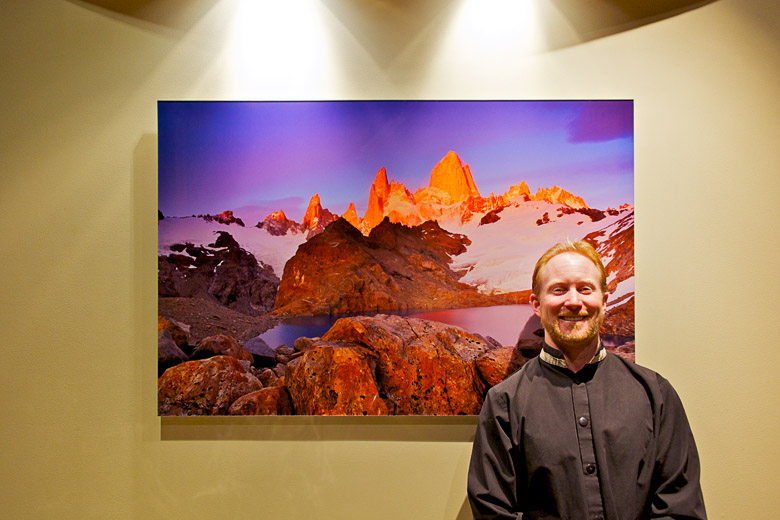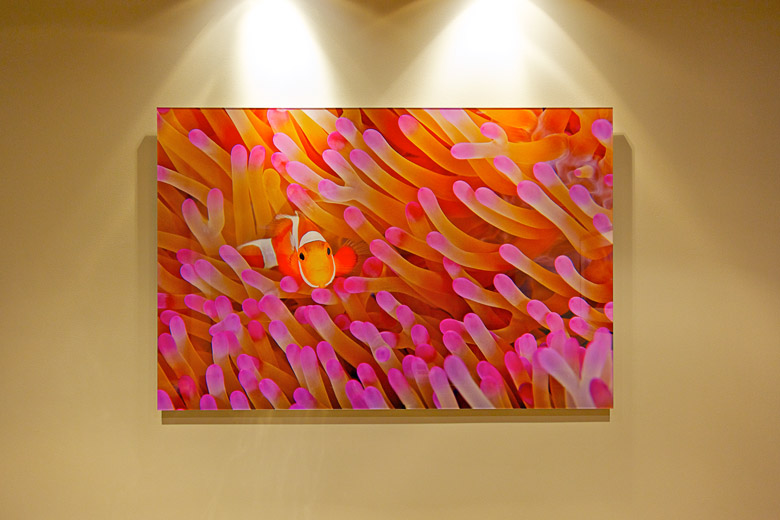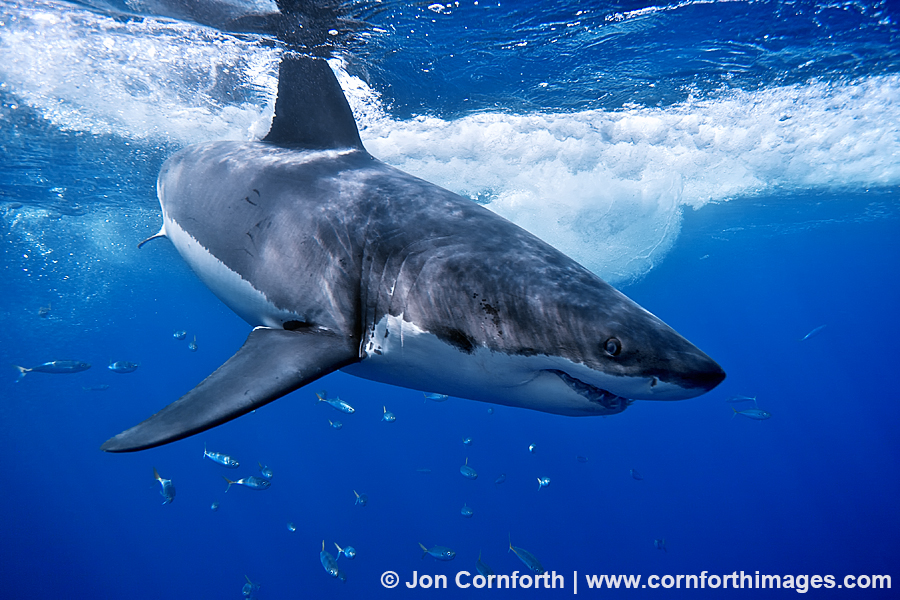
Guadalupe Great White Shark 21
Posted onOver the last few weeks, I have been diligently working on processing images from the trips that I have never edited in the last 4 years. I am never home long enough to catch up, plus I really dislike processing images. I have probably gone through at least 50,000 images and deleted many of them, but I have also discovered many fantastic images that have been lurking on my hard-drives. At the time, I remember being disappointed in some of these trips, but I am glad that time has allowed me to realize the potential of what I did photograph. Also, my image processing skills have greatly improved over what I was capable of a few years ago.
For example, consider this dramatic image of a great white shark that I photographed at Isla Guadalupe off the coast of Baja, Mexico in September 2008. This is a fine image, but at the time all that I remembered was feeling disgruntled that I never got the head-on, jaws open picture that every shark photographer dreams of. I also was not very good at processing blue underwater images at that point, so I could not see the possibilities of this image through the overpowering blue of the RAW file. The fish that surrounded the shark cage also “ruined” my picture, but now they do not bother me nearly as much as they did at the time. I have been fortunate to have photographed great white sharks twice in my lifetime. This image has gotten me thinking again about doing some more shark diving trips in the near future. I created this image using my Canon 5D and 17-40mm f4 lens in my old Ikelite 5DmkII housing with 8″ dome port. It is a single exposure which was mostly processed using Aperture 3.0. I also removed much of the cyan cast and cloned out particles floating in the water using Photoshop CS5.

